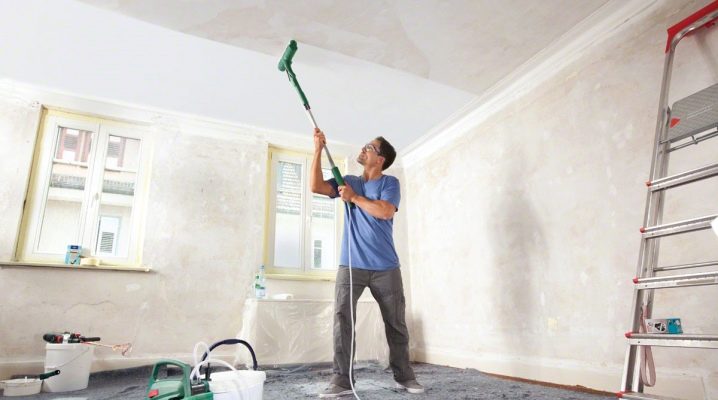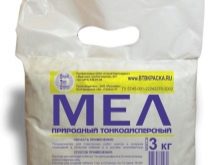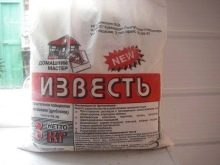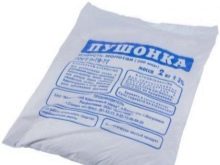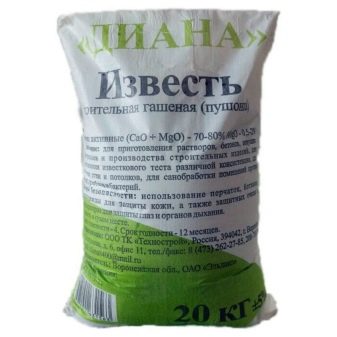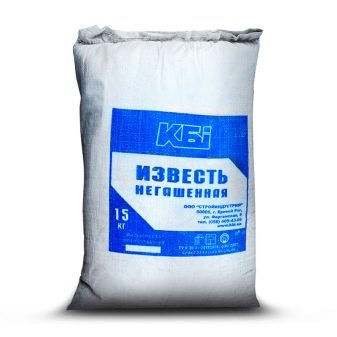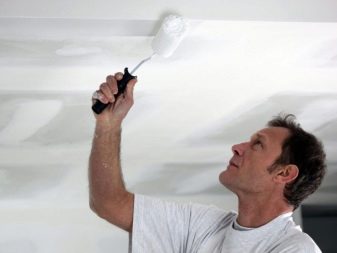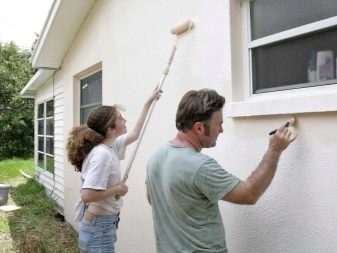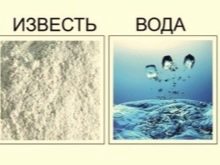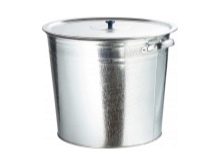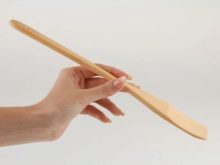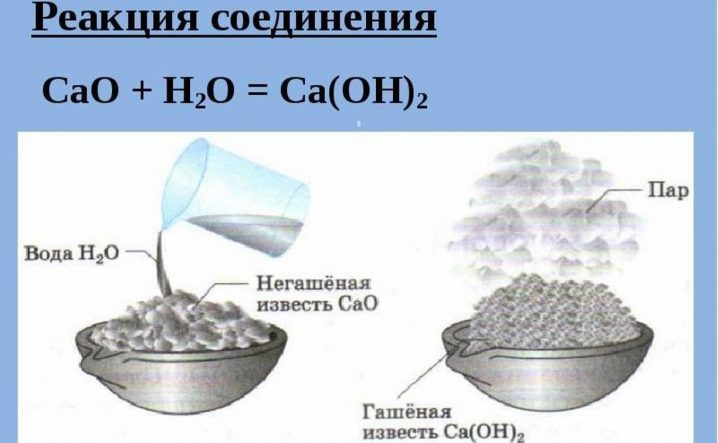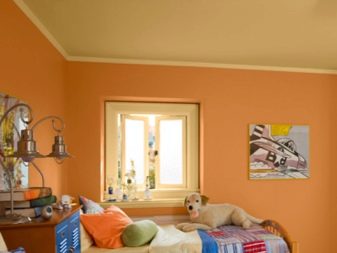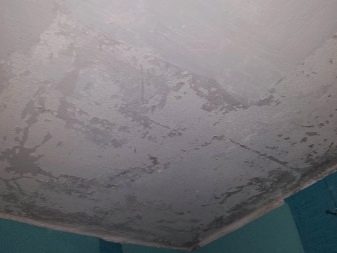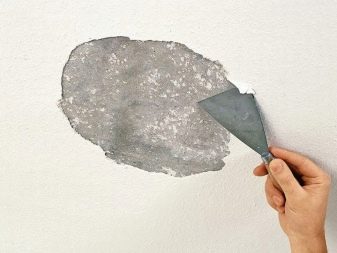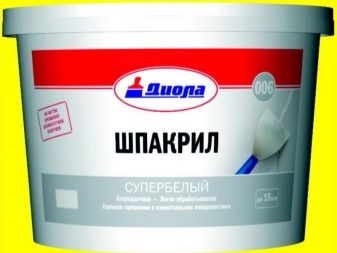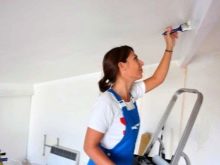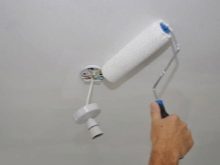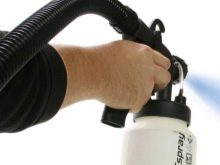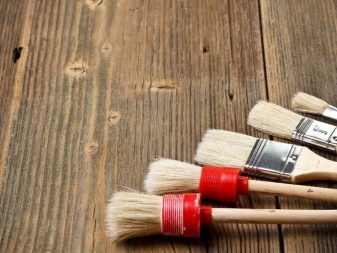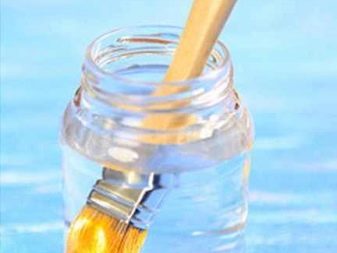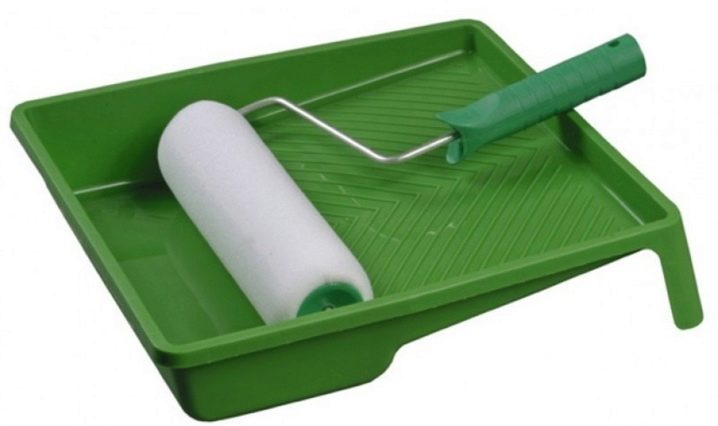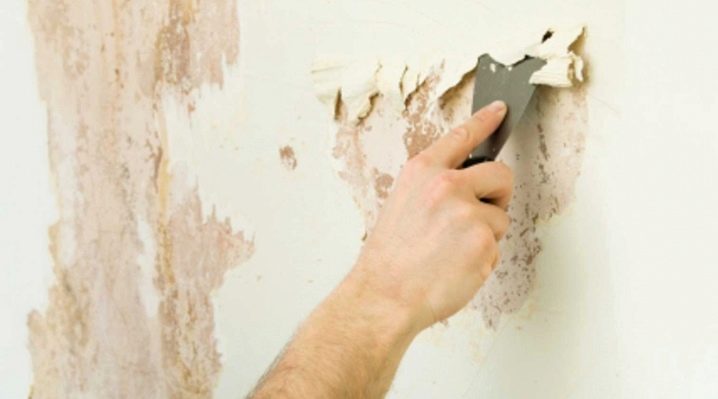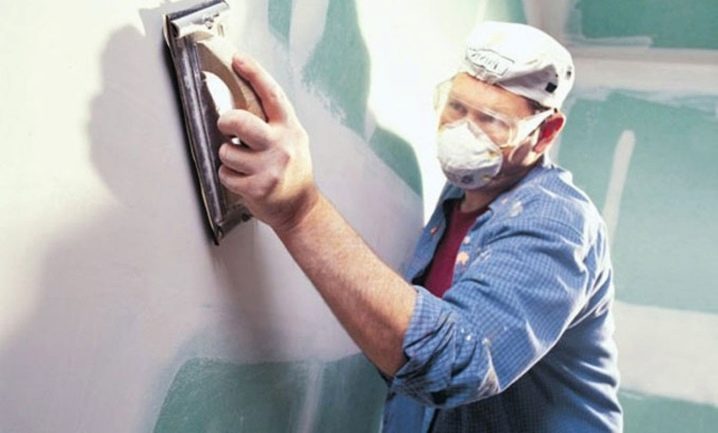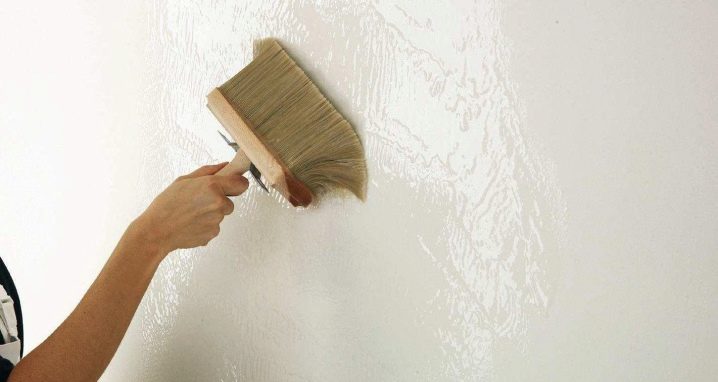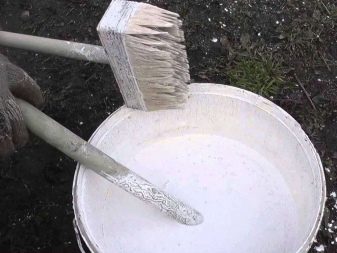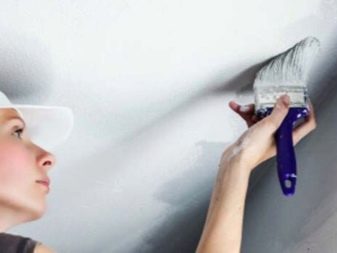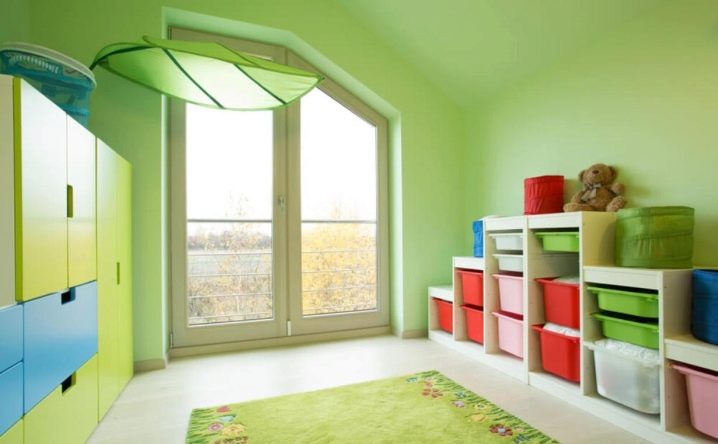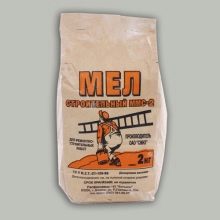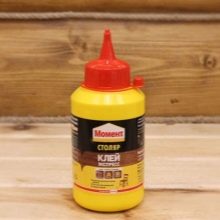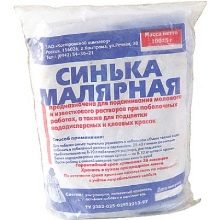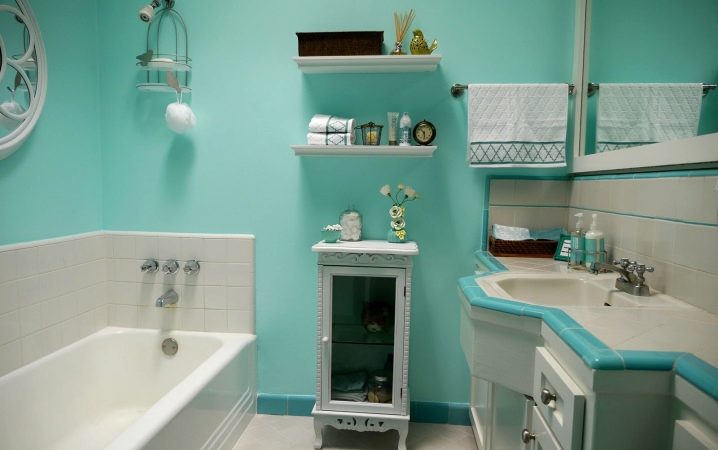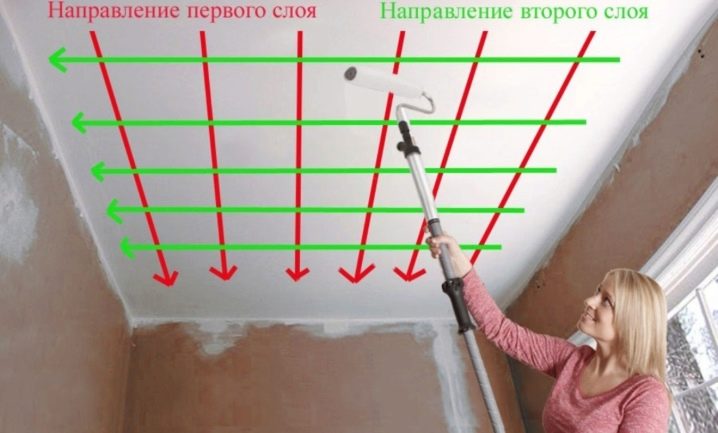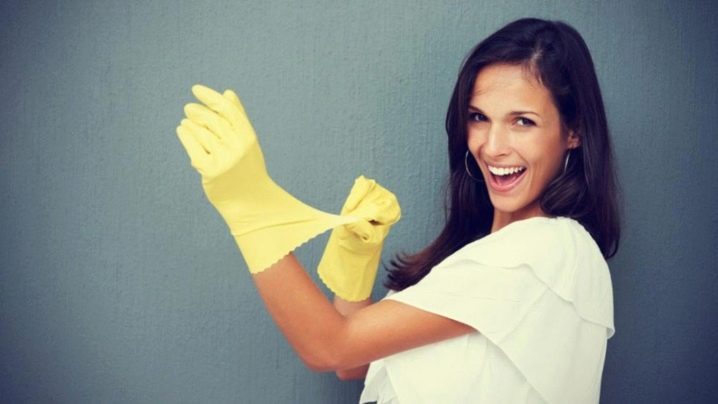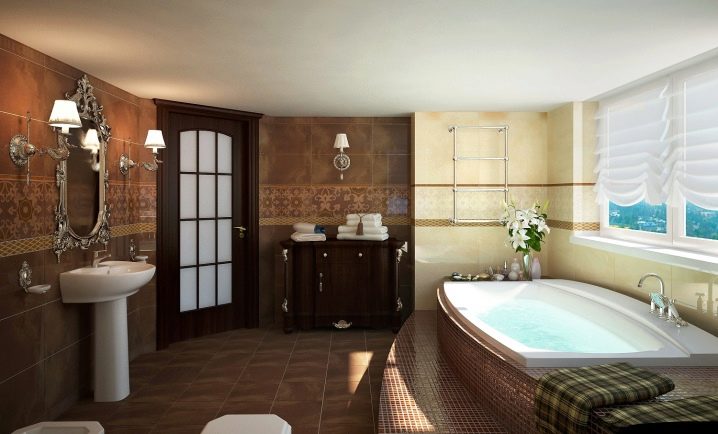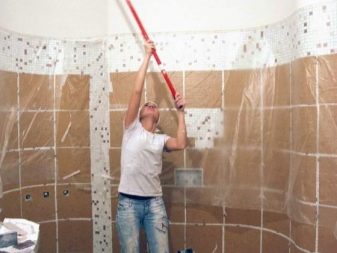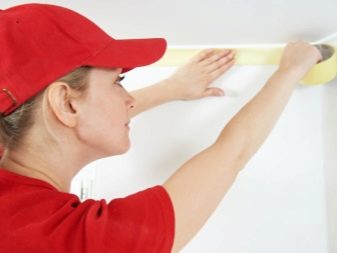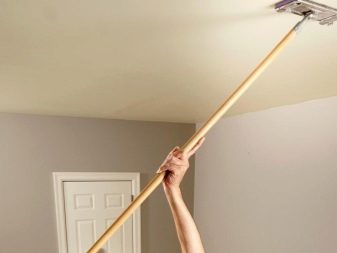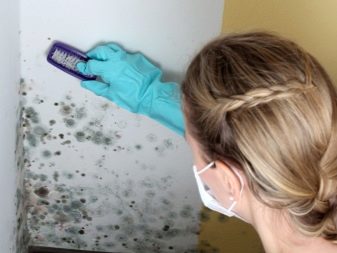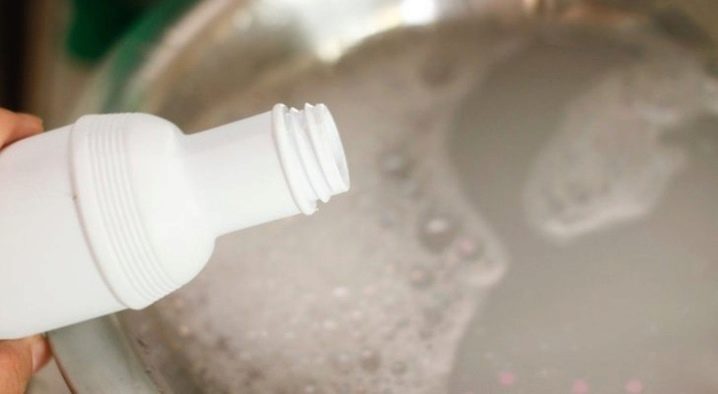How to whiten the ceiling and walls?
Among the modern ways and possibilities of decorating the ceiling and walls, whitewashing today is still relevant. Whitewash ceilings are not only simple, but also inexpensive. In addition, sometimes it is possible to re-whitewash on the old layer, and refresh the appearance of the room. But this can be done in the event that the first layer was applied correctly.
What it is?
There are several methods of making whitewash. The most popular is chalk, it is a simple and affordable composition for bleaching surfaces in a room. The second material in popularity can be called lime, this is explained by the fact that the walls and ceilings treated to it, can resist the defeat of fungi and mold. One more not less demanded material is the structure which is called a pushonka.It is a white-colored powder after the last quenching step, after the liquid and fixers have been added to it.
Modern production produces lime:
- slaked, which is supplied to points of sale under the guise of paste or powder;
- quicklime, sold as pellets or large lumps.
Before you begin to repair, you need to know what technical characteristics are inherent in whitewashing, what is its application. To begin with, we note that the dry mixture for whitewashing is used almost everywhere. A two-component emulsion from it is suitable for an apartment, for manual processing of walls in the bathroom, and even for decorating the facade of a house outside.
In order to whiten the walls and ceiling, they use exclusively hydrated lime, but first you need to prepare it.
This will require:
- lime and water in a ratio of 1: 1;
- metal container, it must be clean, without damage and rust;
- cap;
- wooden stick or spatula in order to stir the solution.
After the lime is mixed with water, the boiling process begins, the solution warms up to 130 degrees. The consistency begins to seethe and splash, so it is better to close it with a lid so that the composition does not get on the skin.
It is forbidden to use plastic dishes as a container, as it may melt under the influence of temperature, and it will be extremely inconvenient to mix the composition.
After the composition is covered with a lid, the container must be moved to a cool place for 3 weeks. After the expiration of the specified period, the consistency is reached and thoroughly mixed; this should be done until all the granules are dissolved, and only a white veil remains. If necessary, water can be added to the finished solution to obtain a homogeneous, but opaque composition.
In the end, subject to the use of 1 kg of quicklime, you should have about 10 liters of solution. Most often, in the quenching process, all the granules dissolve, so that there are no further incidents in the work, the solution should be mixed with special care, and before working with whitewashing it is desirable to strain the consistency through a special sieve.
Special features
Today, in order to use the plaster, it is enough to dilute it. In addition to determining the volume of material per 1 m2, you need to know even the expiration date of the composition, as well as what it needs to be diluted, whether it is necessary to wash off the old layer. If we talk about the decorative side, even a combination of colors can be used here.Color whitewashing is not uncommon. So, at the KSOM plant not only material with chalk or glue base is produced, for them the norm is the production of a wide variety of compositions.
Whitewashing is designed to give the walls and ceiling a beautiful look. It gives you the opportunity to refresh the interior of the room. The peculiarity of using this material is that the work surface must be properly prepared.
To whiten the surface, pay attention to the following points:
- what whitewash was used before;
- how firmly the old coating holds;
- is there any dirt on the surface;
- are there cracks or chips in the old layer;
- functionality of the repaired premises;
- whether the tenants are allergic to the material presented.
Before starting work, you need to decide whether there is a need to remove the old layer, or it gives you the opportunity to work on the surface without removing it.
Pay attention to the condition of the old layer. If in some places it began to crumble or fall behind the surface of the walls or ceiling, it is impossible to whiten the ceiling on this layer, it will need to be removed.In the event that the old coating begins to peel off, it is removed, and the irregularities that form in these places must be covered with putty, and shpakril will also work.
What to apply?
Applying layers of whitewash is not as difficult as it may seem at first glance.
In the process, you can use:
- brush;
- roller;
- spray gun;
- special vacuum cleaner that blows air.
The last two options can speed up the workflow, but they are not suitable for use in an apartment or house, as the spray will spread throughout the area of the room, which causes inconvenience. But the brush and roller will be more convenient solutions.
It should be noted that the type of the final work will depend on the quality of the brush and the roller. To this end, it is better to buy brushes designed specifically for whitewashing, they are made of natural bristle, and the thickness of the working bristle should be from 15 to 25 mm.
Before using the brush, it should be placed in warm water for several hours. Due to this effect, the tool handle will swell and fix the bristles; in the process, the fibers will not remain on the surface.After the repair is completed, the brush can be rinsed under running water.
As for the rollers, then work with them will be carried out much faster. There are no special requirements for their acquisition, so they do not need a separate description. To them, it would be useful to purchase a special pallet, this will ensure that you carry out neat work. The quality of the work performed by the roller will be much better.
If you have a brush or bast, it certainly will not spoil the work, but the process will be slow, especially when processed with shakrilom. You can use a vacuum cleaner, but in this case it is very difficult to ensure that the rest of the area does not get dirty and the decorative plaster does not fly away. Experts recommend the use of the apparatus KRDP-3. This is a manual paint sprayer that will help you cope with any difficult work associated with finishing.
How to whiten your own hands?
It is very easy to whiten the ceiling, the main thing is to do everything correctly and logically, so as not to miss important points.
The whitewashing process consists of the following steps:
- we determine what type of whitewashing has already been applied to the surface, for this we run fingers through the material, if there are white marks - chalky, if not - lime;
- decide whether to remove the old coating or not;
- check how firmly the old whitewash keeps;
- if there are badly attached layers, we delete;
- close up all the irregularities, cracks and cracks present;
- after everything is dry, using pumice or skin, we rub all layers;
- remove all dirt stains;
- we treat the surface with a primer with deep penetration;
- on the basis of the old whitewash type choose a new one;
- prepare the mixture;
- we put solution on a ceiling or walls.
If the process is carried out strictly according to the specified stages, the result will be clean, neat and beautiful.
Whitewash
Whitewashing using chalk or lime is an environmentally friendly material used for repairs. But it should be noted that chalk often flakes, and lime is allergic to many. Therefore, as a whitewash can be used water-based. It is able to give any surface a beautiful appearance, however, it should be remembered that the treated area will not “breathe”.
When using chalky whitewash, you will need to prepare 3 kg of chalk, 5 liters of warm water and 30 g of joinery glue. It all mixes up, blue is added to the solution,it is thanks to her that the ceiling or wall will acquire a snow-white shade. The number of used blue depends on what area you need to process. If the above proportion is used, 15 g of the substance is sufficient.
More suitable for whitewashing surfaces will be water-based paint, which is sold in a ready-made form.
Try not to forget that the consumption of this material is very large, and it is very important to purchase a sufficient quantity of it at once, so that later acquiring additional material will not get a difference in color.
This treatment will be ideal for walls and ceilings in the bathroom, as the painted surface can be washed.
As for the other rooms, whitewashing is necessary here in several layers.It is very important that each subsequent layer overlaps the previous one. Pay attention to the application technique. The first layer is applied perpendicular to the incoming sunlight, the second - in parallel. In addition, each subsequent layer should be applied only after the previous one is completely dry. If the technology is broken, bubbles will start to appear.
About how to paint the ceiling with water-based paint, you will learn from the video.
Lime
Lime is popular in use due to its bactericidal properties. It is able to close all cracks and stay on the surface for a long time, while the price policy of the material is small.
If you take into account the negative properties, the biggest drawback is the smell, which begins to appear after the solution is made. We should not forget about security measures, if lime is not wearing gloves, then it can corrode the skin.
Despite the presence of an unpleasant odor, lime whitewashing is used very often, as it can eliminate the fungus. In addition, it is recommended to use such whitewash in rooms with high humidity, for example, in the bathroom. Lime whitewash is also perfect because it can be used to hide cracks and small cracks.
Tips
Before you get started, we recommend that you familiarize yourself with some tips.
First, protect yourself:
- the furniture in the room should be carried out; if this is not possible, it should be covered;
- use gloves and special glasses;
- wear a respirator and headgear if necessary;
- if you are afraid to dirty the wall when processing the ceiling or vice versa, separate them from each other with masking tape at the joints;
- tiled floor can not protect, it is easily washed with water.
Experts do not recommend making a new coating over the old. First of all, it concerns further quality, in the second - appearance. If there were stains or dirt on the old ceiling or walls, then everything will be visible on the new whitewash. Therefore, before starting work, make sure that the base is perfect.
Surface Preparation Tips:
- using a damp cloth, remove the entire web;
- proceed to the removal of more complex dirt;
- remove mold with a special tool;
- if there is rust, wipe it off with a damp cloth and treat with copper sulfate;
- with grease stains, you can use ordinary soda diluted in water, after the stain is removed, the surface is again washed with water.
Do not disregard even small yellow spots, which at first glance seem imperceptible. The fact is that under the influence of a new layer of whitewash, they will become brighter and will be strongly striking.In order to eliminate the smudged spot, and make the wall white, you can use the white with water, as well as the usual rag.
